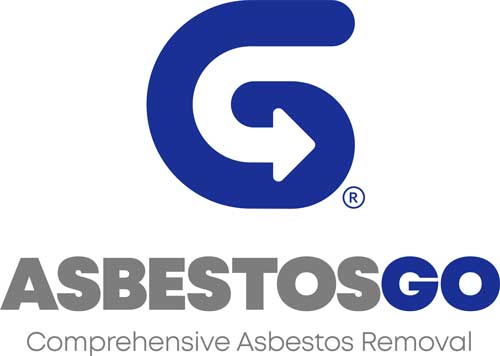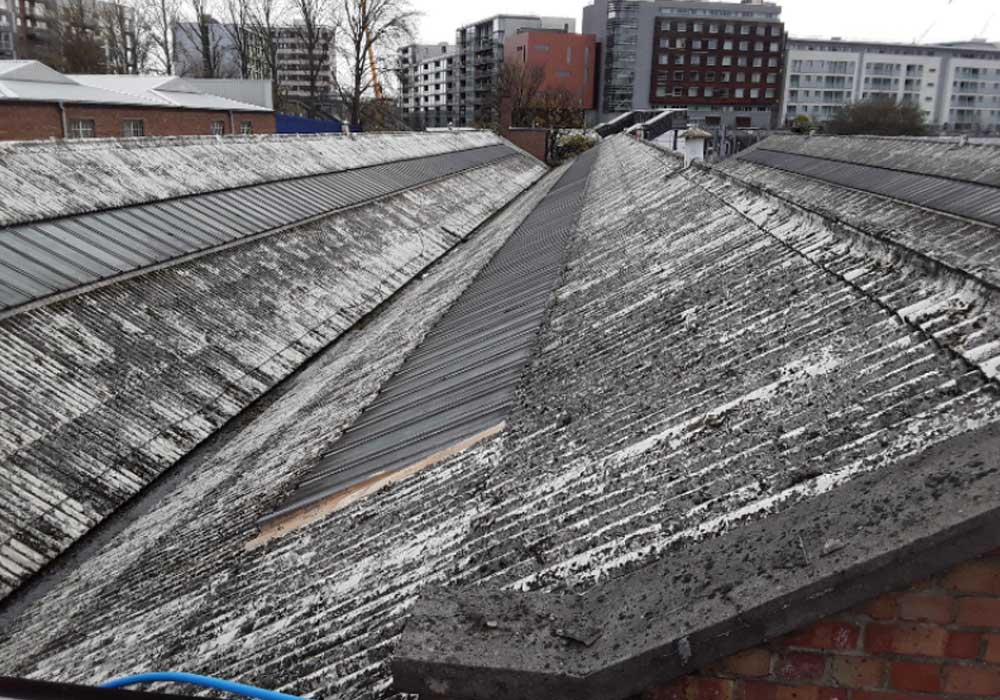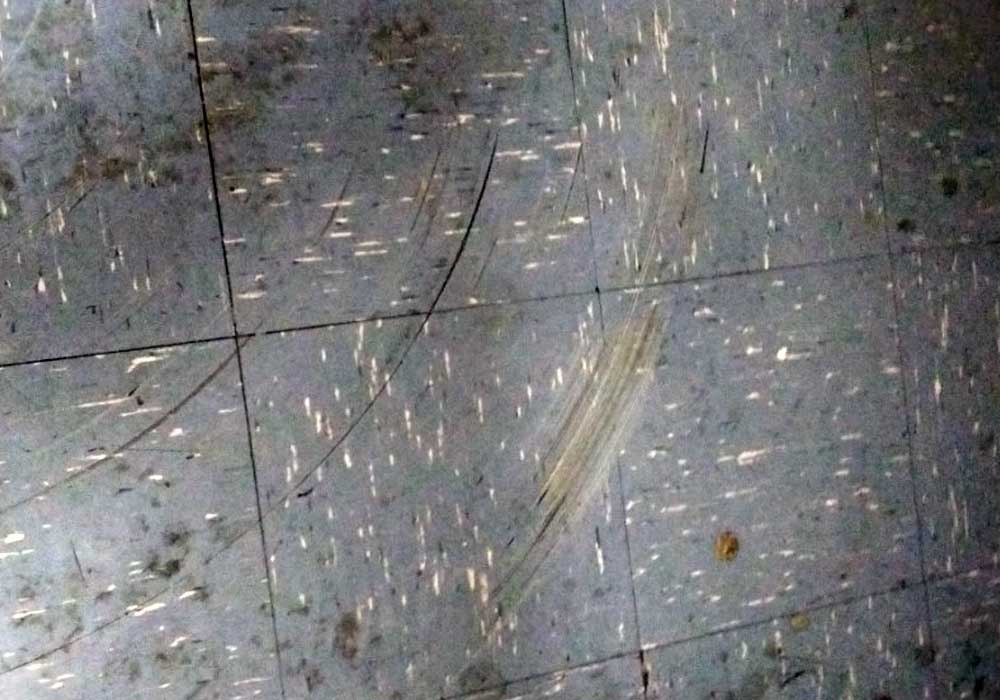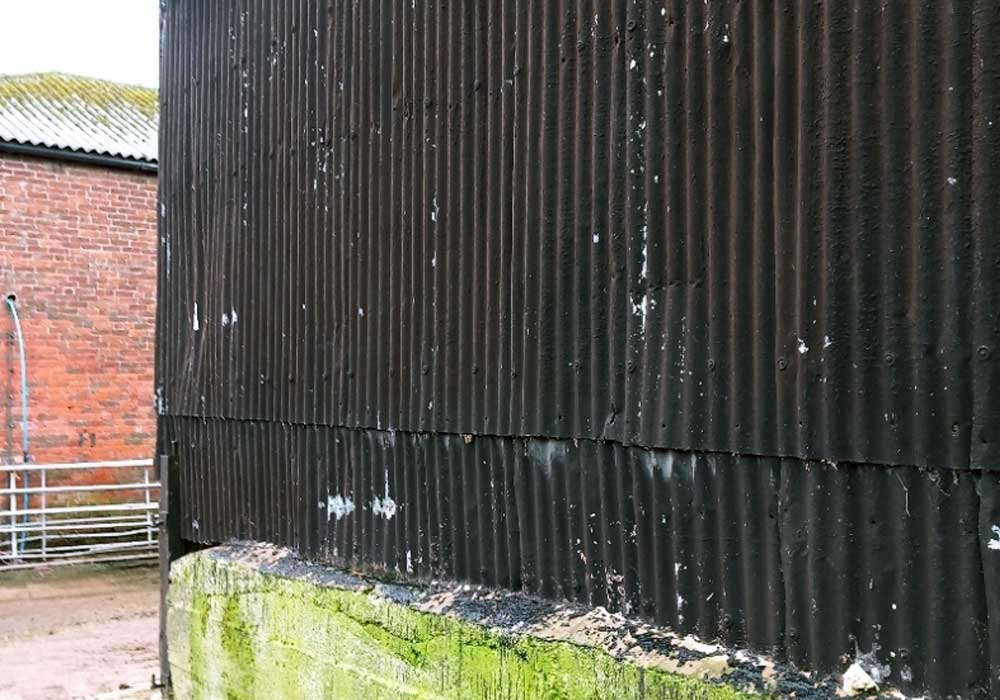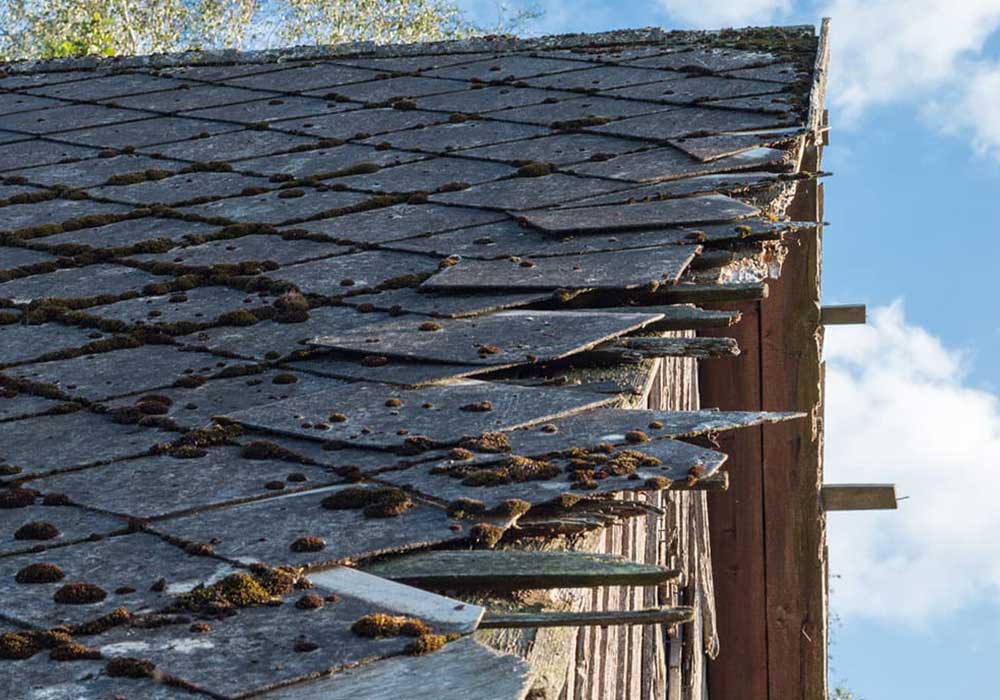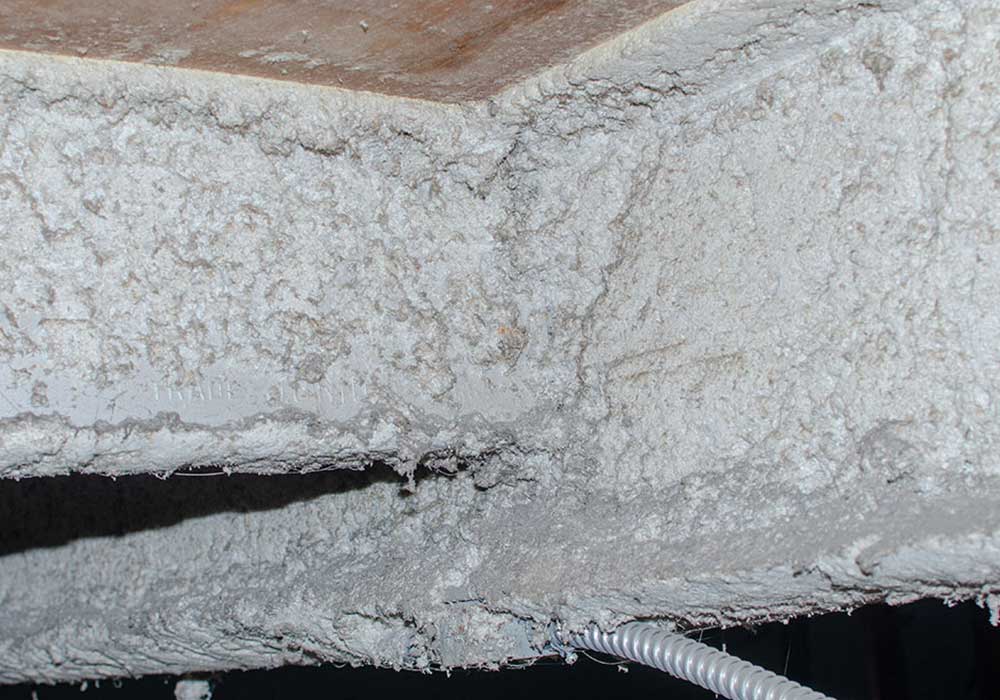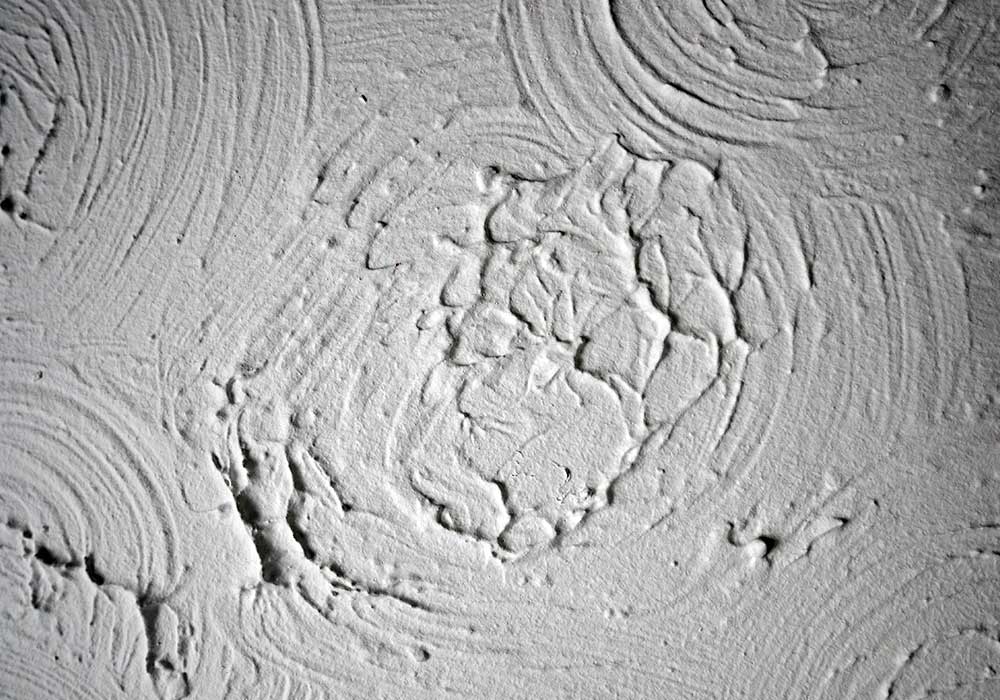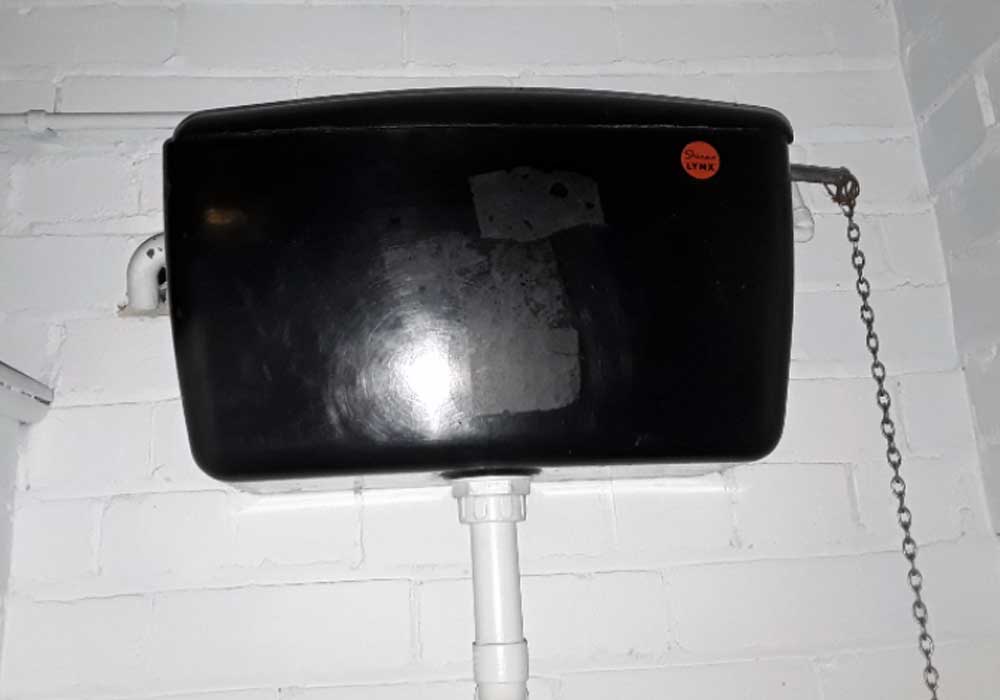Roofing Felt
Asbestos-containing roofing felt, also known as asbestos roofing felt or asbestos roofing paper, was a common roofing material used in construction for several decades, primarily from the early 20th century until the 1980s. This roofing material featured a combination of asbestos fibres and bitumen (a tar-like substance) to provide durability, weather resistance, and fireproofing qualities. However, it has since been recognized as a significant health hazard due to the presence of asbestos fibres. Here’s a description of asbestos-containing roofing felt:
- Composition: Asbestos-containing roofing felt is composed of a base material, typically a heavy-duty paper or felt, which is impregnated with a mixture of asbestos fibres and bitumen. The asbestos fibres were incorporated to reinforce the material and provide fire resistance.
- Applications: This roofing felt was widely used in residential, commercial, and industrial construction as an underlayment beneath roofing materials such as shingles, tiles, or metal roofing. It acted as a moisture barrier and added extra insulation to buildings.
- Health Risks: The primary concern with asbestos-containing roofing felt is the potential release of asbestos fibres when the material becomes damaged, deteriorates, or is removed during roofing repairs or renovations. Inhalation of airborne asbestos fibres can lead to severe health conditions, including lung cancer, mesothelioma, and asbestosis.
- Age and Identification: Asbestos-containing roofing felt was commonly installed in structures constructed before the 1980s. Identifying whether roofing felt contains asbestos may require professional testing or inspection, as asbestos fibres are not visible to the naked eye.
- Removal and Handling: Due to the significant health risks associated with asbestos, the removal of asbestos-containing roofing felt should only be performed by licensed asbestos removal professionals, like yourself. Strict safety protocols, including containment, personal protective equipment (PPE), and thorough decontamination procedures, must be followed to minimize asbestos exposure during removal.
- Replacement: When asbestos-containing roofing felt is encountered during roof repairs or replacement, it is safely removed and replaced with modern, asbestos-free underlayment materials to ensure the safety of roofers and building occupants. Asbestos-free underlayment’s provide the same moisture protection and insulation properties without the health risks associated with asbestos.
In summary, asbestos-containing roofing felt was once widely used for its durability and fireproofing properties. However, it poses serious health risks when disturbed or deteriorated, as asbestos fibres can become airborne.

